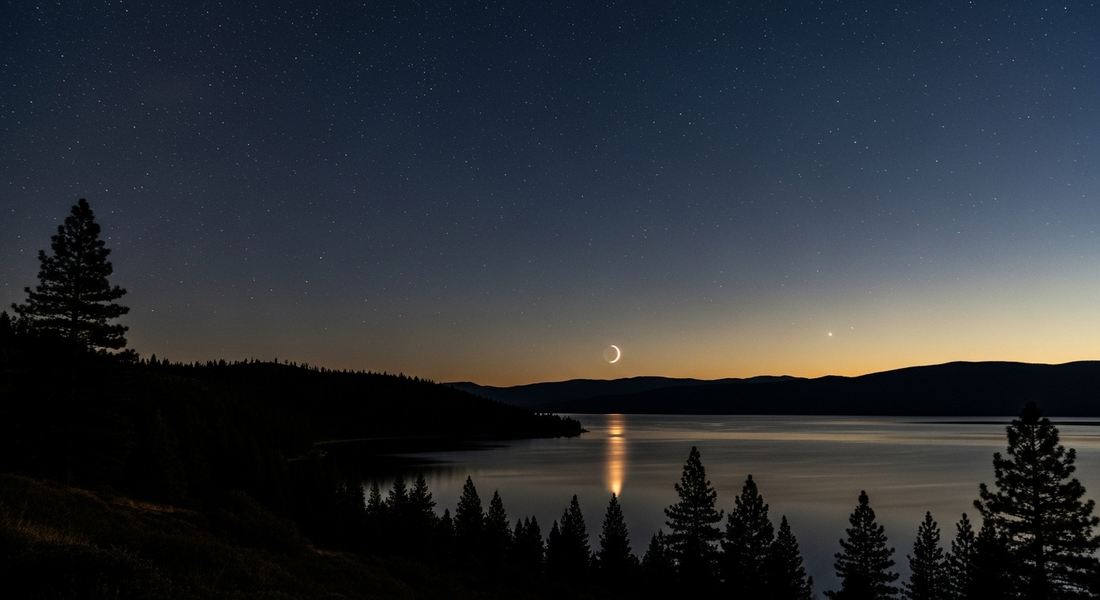
What is a quasi-moon? Discovery of 2025 PN7 and other companions of Earth.
In the night sky, Earth sometimes shares its steps with visitors who do not cling to it like a traditional moon, but wander around the Sun in the company of our planet. They are called quasi-moons. For an observer on Earth, they give the impression of dancing around us, without being gravitationally bound. This category of objects is fascinating because it reveals the subtleties of celestial trajectories in the ballet of the solar system.
What is a quasi-moon?
A quasi-moon is an asteroid that shares Earth's orbit around the Sun, but is not geostationary or gravitationally bound to the planet. In simple terms, its orbit around the Sun is close to Earth's, so that its orbital period is very close to 1 year. Moreover, unlike a classical artificial or natural satellite, Earth's gravity does not exert a capture that would imprison it around Earth.
What distinguishes a quasi-moon from a classical natural satellite is the way it “orbits” the Sun and the way it appears from Earth. A classical satellite is bound to Earth by its own orbit around it and follows a path around our planet. A quasi-moon, by contrast, evolves around the Sun in an orbit close to that of Earth and does not have negative orbital energy relative to Earth. Its relationship with Earth is therefore temporary and dynamic, without permanent capture.
Coorbital trajectories and the peculiarity of quasi-moons
The phenomenon is an example of a three-body orbit where the gravity of Earth and Sun, and sometimes other planets, shape the asteroid's path. Quasi-moons often belong to a category called 1:1 resonance, where the object's orbital period around the Sun is almost equal to Earth's. Depending on the configuration, one can observe different kinds of coorbital trajectories: the "style exercises" range from a long detour around the Sun to flows that, seen from Earth, give the impression that the object orbits around us.
A quasi-moon thus moves in a solar orbit but, in our Earth-centered reference frame, it appears to approach and recede, staying near Earth for years, sometimes decades. This impression is reinforced by the fact that, for part of its journey, the object will pass in front of or behind the Sun relative to us, then reappear in the night sky as if it "followed" the Earth. It is this almost theatrical gravitational dance that gave it the name quasi-moon.
2025 PN7: a current quasi-moon and its history on Earth's orbit
The quasi-moon named 2025 PN7 was discovered on August 29, 2025 by the Pan‑STARRS telescope, at Mauna Kea, Hawaii. This small asteroid has shared Earth's orbit around the Sun for about six decades and, according to current models, will remain there for about another six decades. In other words, PN7 is a solar companion of Earth's fate which, for an entire generation, evolves almost like an orbital twin. This particular situation highlights that tiny bodies can remain coorbital with Earth for long periods without being captured by Earth's gravity.
Dynamic-wise, PN7 follows a solar orbit whose semi-major axis is very close to that of Earth, giving an orbital period of about one year. However, its trajectory is not a simple repetition. Over the years, PN7 may appear in the night sky near Earth as a slow shooting star, then move away and return. This behavior is typical of quasi-moons and offers a nice observing window for both amateur and professional astronomers.
Kamoʻoalewa, Cardea, and the panorama of quasi-moons
Among the best-known quasi-moons is Kamoʻoalewa, sometimes nicknamed the "artificial moon" but much closer to a coorbital asteroid. Kamoʻoalewa is a quasi-moon that also shares Earth's orbit around the Sun, exhibiting remarkable stability over timescales from several decades to centuries. Its trajectory is more or less close to Earth's, which makes it visible over repeated periods and offers a natural laboratory to study 1:1 resonance mechanisms.
Cardea is another Earth quasi-satellite, discovered more recently, illustrating the variety of possible coorbital trajectories. Like PN7 and Kamoʻoalewa, Cardea evolves in a solar orbit close to Earth's and can be observed as a fleeting companion in the night sky for years. These objects show that our planet is not alone in its cosmic neighborhood: it shares its path around the Sun with tiny and long-discreet travelers.
A mission that looks at Kamoʻoalewa up close: Tianwen‑2
In 2025, China launched the Tianwen‑2 mission, with the ambitious goal of returning samples of Kamoʻoalewa. The idea is twofold: to understand the origin and composition of quasi‑moons, and to enrich our knowledge of material exchanges between the bodies of the solar system. If Tianwen‑2 hits its target, we will have direct analyses and a better understanding of the dynamics of coorbital objects. This exploration also highlights the strategic interest of following these travelers of the Sun to better grasp their distribution and longevity around Earth.
What quasi-moons teach us
Quasi-moons, of which PN7 aptly illustrates the ephemeral yet stable character, show that space around us hides tiny but credible neighbors who do not follow the simple rules of the large moons. Their study sheds light on several domains: gravitational resonance mechanisms, energy exchanges in the solar field, and the conditions that allow a small body to evolve near Earth without being permanently captured. They also remind us that the borders between "here" and "there" in our own orbital neighborhood remain blurred and dynamic.
Conclusion: looking at the sky with curiosity
The discovery of 2025 PN7 and the ongoing observation of Kamoʻoalewa and Cardea invite us to extend our gaze to the sky. Objects that share our orbit but do not belong to us—and that stay near us for decades—testify to the richness of the solar system's dynamics. By pursuing these studies, we build a more complete picture of how small bodies move, interact, and sometimes transform into companions on the Sun's journey. As Tianwen‑2 opens the door to samples from Kamoʻoalewa, the exploration of quasi‑moons reminds us that human curiosity can turn curiosity into tangible knowledge. If you enjoyed this exploration of quasi‑moons, other topics about their dance around the Earth await you in our upcoming publications.

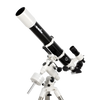 All
All
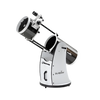 Dobson
Dobson
 Refractors
Refractors
 Ed & Apochromates
Ed & Apochromates
 Newtonian reflector
Newtonian reflector
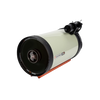 Schmidt Cassegrain
Schmidt Cassegrain
 Maksutov-Cassegrain
Maksutov-Cassegrain
 Solar
Solar
 Researcher
Researcher
 Focal reducer
Focal reducer
 Intelligent
Intelligent
 All
All
 Equatorial
Equatorial
 Alt/Az
Alt/Az
 Harmonic
Harmonic
 Tripods
Tripods
 Accessories
Accessories
 All
All
 Wide angle
Wide angle
 Zoom eyepieces
Zoom eyepieces
 Reticulated eyepieces
Reticulated eyepieces
 Barlow
Barlow
 Plössl
Plössl
 Binoculars
Binoculars
 Atmospheric Corrector
Atmospheric Corrector
 All
All
 Visual
Visual
 Photo
Photo
 Polarisants
Polarisants
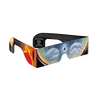 Solar Filters
Solar Filters
 Accessories
Accessories
 All
All
 Color Cameras
Color Cameras
 Monochrome Cameras
Monochrome Cameras
 Planetary/Guiding
Planetary/Guiding
 Objectives
Objectives
 All
All
 Binoculars
Binoculars
 Spotting Scope and Monocular
Spotting Scope and Monocular
 Elbows
Elbows
 Optical Divider
Optical Divider
 Mirrors
Mirrors
 All
All
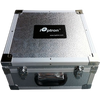 Bags and protections
Bags and protections
 Supports and counterweights,
Supports and counterweights,
 Camera adapters
Camera adapters
 Focuser
Focuser
 Collimation
Collimation
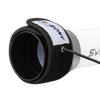 Heating band
Heating band
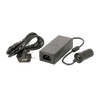 Cables
Cables
 Collars
Collars
 Computers
Computers
 Fans
Fans
 Others
Others
 All
All
 Weather Station
Weather Station
 Thermometer
Thermometer
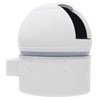 All
All
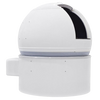 Observatory/Domes
Observatory/Domes
 Accessories
Accessories
 Askar
Askar
 Baader
Baader
 Bresser
Bresser
 Celestron
Celestron
 Explore Scientific
Explore Scientific
 GSO
GSO
 Optolong
Optolong
 Touptek
Touptek
 Vixen
Vixen
 ZWO
ZWO